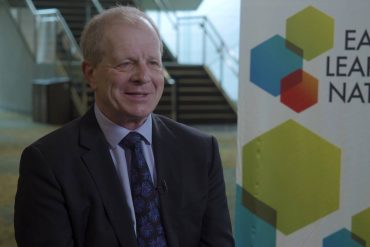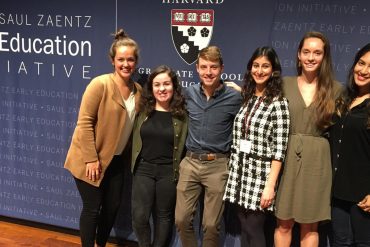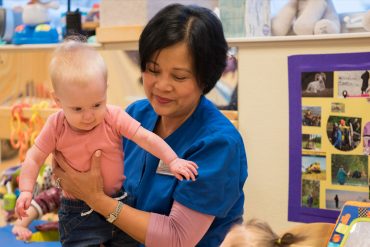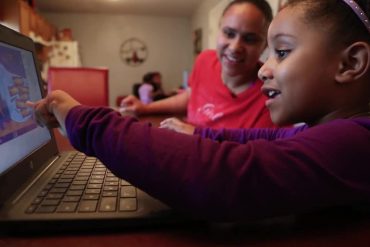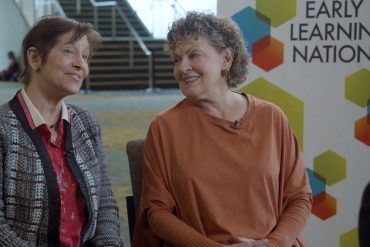Summer’s here, and the time is right for… helping our kids hold onto what they learned during this extraordinary year....
How and why do children become aggressive – or even violent? How can we understand the true causes – and recognize the signs – before they take hold? Kenneth A. Dodge, Pritzker Professor of Public Policy at Duke University explains the important research that can help children and families. Filmed for Early Learning Nation’s Mobile Studio at the Society for Research in Child Development’s biennial meeting in Baltimore, MD, on March 22, 2019. #SRCD19
The American Rescue Plan signed by President Joe Biden on March 12 contains a number of potentially game-changing policies for...
The fellows program of the Zaentz Early Education Initiative at Harvard University cultivates new leaders in this vital and rapidly...
Building Young Brains When Schools Are Closed, Part 3: Outdoor Tips and Activities
Our Top Tips for Parents and Caregivers
This is part 3 of a a three-part series. Read Part 1 (Offline Activities) and Part 2 (Online Tips). In...
Author’s Note: This moment, when the world has stopped spinning on its axis, presents an important opportunity to re-examine our...
Those of us who watched too much TV in the 1970s probably remember commercials extolling long-distance phone calls as The...
7 Reasons to Be Encouraged about the Planet Our Children Are Inheriting
Finding Hope in the U.S. Early Years Climate Action Plan
While climate change is all around us, and the projections are uniformly grim, there have never been so many local,...
Tennessee on Track to Become First in Nation to Offer Diaper Benefit to Medicaid Families
Good, Say Medicaid Expansion Advocates, But More Work Is Needed
Some of Tennessee’s most vulnerable families could soon get relief from the high cost of diapers, as the state works...
According to Roberta Michnick Golinkoff & Kathy Hirsh-Pasek – researchers and co-authors of “Becoming Brilliant, What Science Tells Us About Raising Successful Children” – language is the single best predictor of how young children will do in school. That’s why they’ve created an innovative, easy way for practitioners to measure students’ verbal progress. Filmed for Early Learning Nation’s Mobile Studio at the Society for Research in Child Development’s biennial meeting in Baltimore, MD, on March 22, 2019. #SRCD19
Inspiration and Adaptation: Helping Parramore’s Parents—and Their Children—Learn and Grow in Orlando
One of the key principles of social entrepreneurship is replicability. If we are going to tackle the most difficult challenges...
Some experts say that when it comes specifically to teaching consent, sex education for young children can be done without being explicit, and it can help kids learn about boundaries and empathy when it comes to their own bodies and the bodies of other people.



